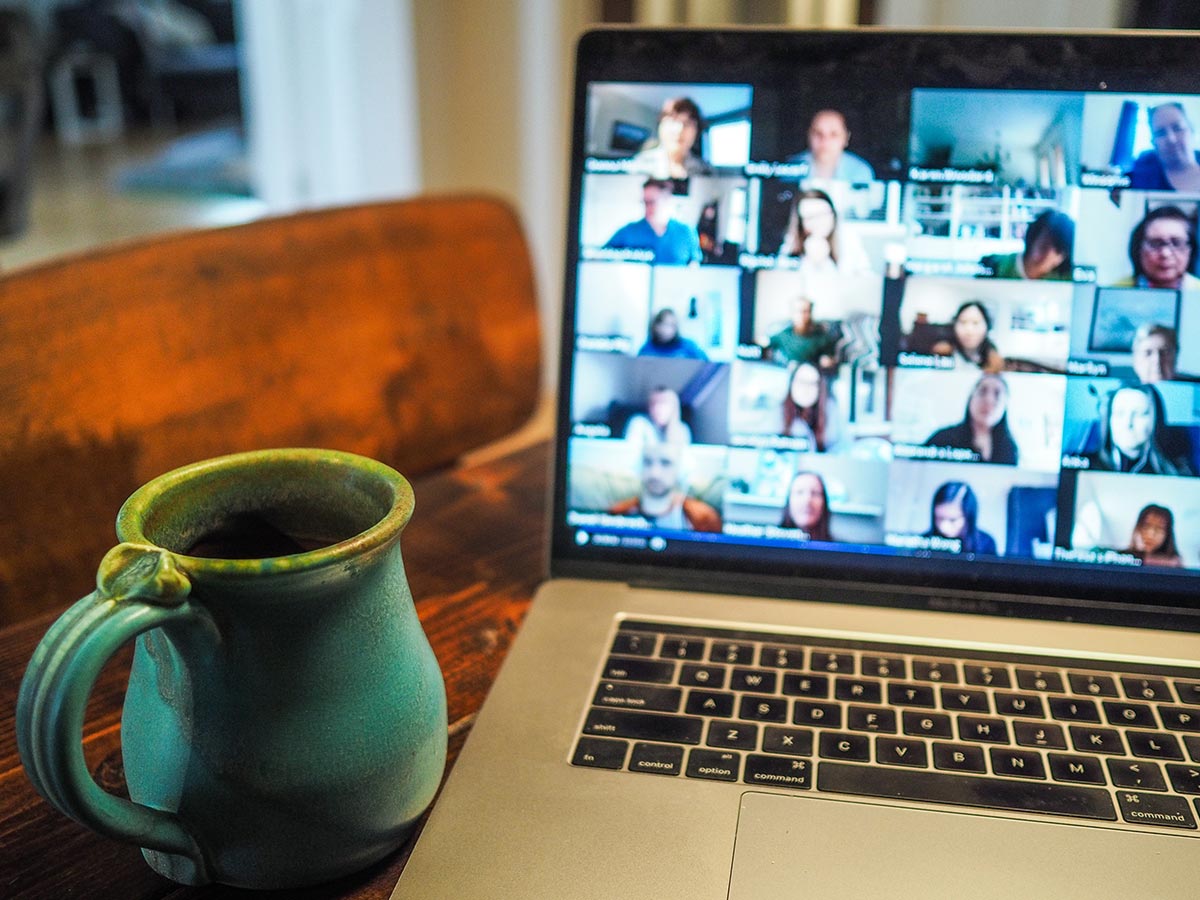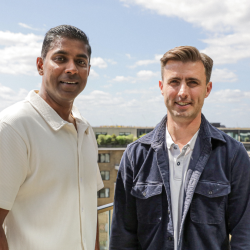For some businesses, remote working on a large scale was a new challenge. We are pretty well set up for this new way of working. We’ve operated with a distributed team almost since our inception, with people spread across our own offices worldwide, embedded in project teams in client offices, as well as existing home workers.
That’s not to say we didn’t need to make changes. We have to understand how our people juggle their home and work lives, allowing them to manage their own time and workloads rather than work to ‘normal’ business hours. Removing the perceived rules of the office environment has made many feel less constrained.
A move to remote working on a larger scale actually saw productivity rise across many areas of the business, both in the way we work with clients, such as co-creation and collaboration, and in our own internal projects. For most of us, we were given the gift of time, particularly commuting time!
Online project-tracking tools, once solely used for client projects, are now used across all teams, streamlining collaboration and sharing feedback, which has all been very positive. We’ve found home working can even inspire creativity away from the noise and bustle of the busy office environment. It’s forced people to look at old challenges in new ways, and we have seen that this has given rise to many brands discovering brilliant product ideas during these tough times.
Encourage input at all levels
When everyone is online and on screen, there is the sense that the playing field has been levelled. There’s no feeling, as there might be when you would dial into a meeting room, that you were missing side conversations, or peering at a whiteboard that was just out of webcam line of sight. That shift we experienced was the feeling that there’s no one person sitting at the head of a boardroom table. The CEO’s little box on the screen is the same size as everyone else’s.
This feeling of digital equality has spurred many into being more involved in meetings, finding the ability to use chat on Zoom calls liberating, and feeling less intimidated by the physicality of a large in-person meeting.
Though for others, we’ve found that the process of taking yourself off mute and jumping into a discussion can be daunting and harder to do. Interrupting or finding that space to talk can be harder on bigger group Zoom calls, so ensuring that everyone has that space is important. What’s harder to recreate online is missing the interaction between teams working in the same space, where you can reach out to someone you can hear is struggling with an issue, or be inspired by something you’ve overheard on the next table along from you.
This inevitably makes mentoring, and shadowing, harder, that ability to learn from seeing and hearing others around you. But the flipside is that senior team members have time to join meetings they may not previously have done, offering more facetime and the chance for staff to listen and learn.
Fostering agile client collaboration remotely
The test, ultimately, as to our success across all these things, is whether we can deliver. This was tested when we undertook a large project for E.ON at the start of lockdown. We successfully built and launched an entirely new digital product front-end experience, from scratch, despite never actually meeting the client face-to-face, working remotely in teams in the UK and the Americas. We even interviewed, hired and onboarded team members from their bedrooms. This may not sound unusual months down the line, but at the time it was quite unprecedented: we recognised we were very much at the start of a huge experiment without being certain of the outcome.
Online, the merging of client and Somo teams seemed quicker: no longer sat as Somo on one side of a table and a client like E.ON on the other. Instead, it was now a series of squares on-screen, all mixed together. It really gave a feeling of ‘all in this together’ and felt more collaborative. Zoom guidelines and etiquette would be covered off up front: everything from keeping the webcam on and remembering to unmute through to being accommodating when stray family members or pets wandered into shot.
Traditionally, we would present our work to the client at the end of each two-week sprint; now those updates would be more frequent, the presentation of work less formal, which brought the client into the project more intimately than before. Where a few years ago, achieving such inclusion remotely would have been impossible, the coming of age of online collaboration software meant that now we were all one team despite being remote. And the immediacy of client availability for calls also led to increased collaboration.
Creating the optimal remote and in-person blend
We found that working remotely forces you to be more concise and efficient in your meetings, and teaches you to recognise each participant’s contribution, one at a time. Though it was harder to forge the cultural aspects of working life – when it came to business, we were more than capable. With the increase in productivity and demise of the commute came the danger of teams working too often out of hours and burning out. Making sure individuals made time for themselves was something we needed to be mindful of.
But it’s fair to say that there is something inescapably appealing about meeting face-to-face with those we work with, even if only from time to time. We get to know one another on a deeper professional level, and relationships and mutual understandings can develop further. But beyond that, the majority of work can more than adequately be done effectively remotely.
As Zoom meetings have become so commonplace, we have learnt that not all calls need to be video, and that having one-to-one voice chats once again can help with Zoom fatigue.
The challenge as we move out of lockdown, for us and for other businesses, is to establish an effective model that blends home and out-of-home working successfully and redefines the purpose of the physical office spaces. In Somo’s latest whitepaper, Digital Leadership Priorities, addresses these challenges, including conversations around remote working etiquette, understanding where physical gatherings are essential and where virtual can actually be better. We know, for example, that many of our developers have thrived at home – being in their own space, on their own schedule, without distractions. And of course, we must keep working with our clients to maintain that balance.
This is an opportunity, as much as it is a challenge.
Featured image: Chris Montgomery / Unsplash


































